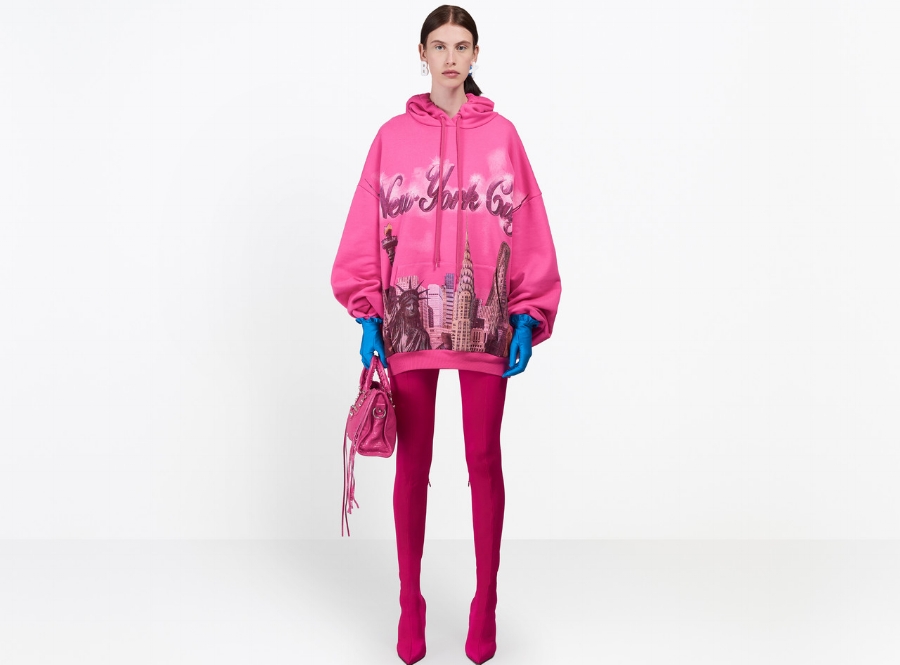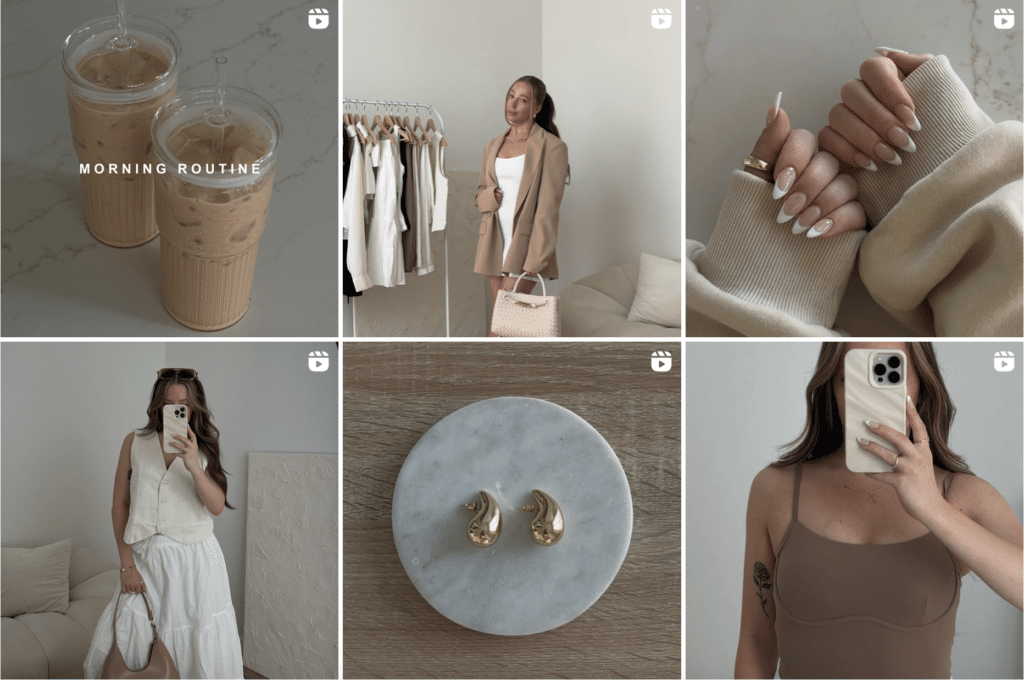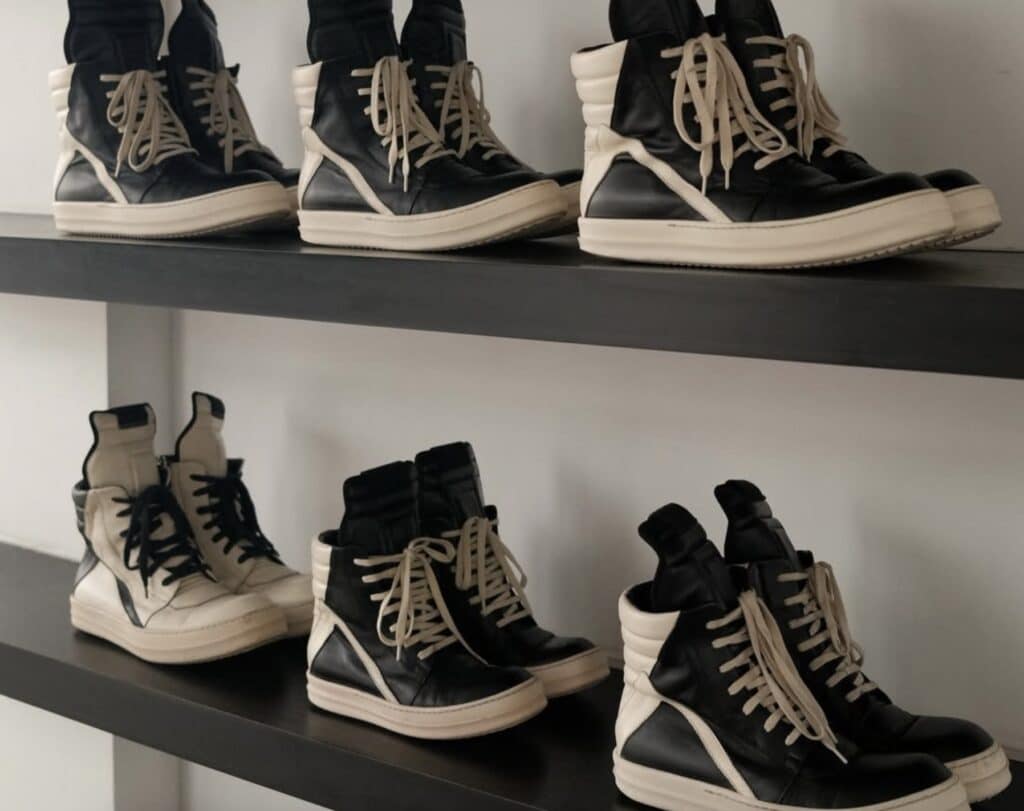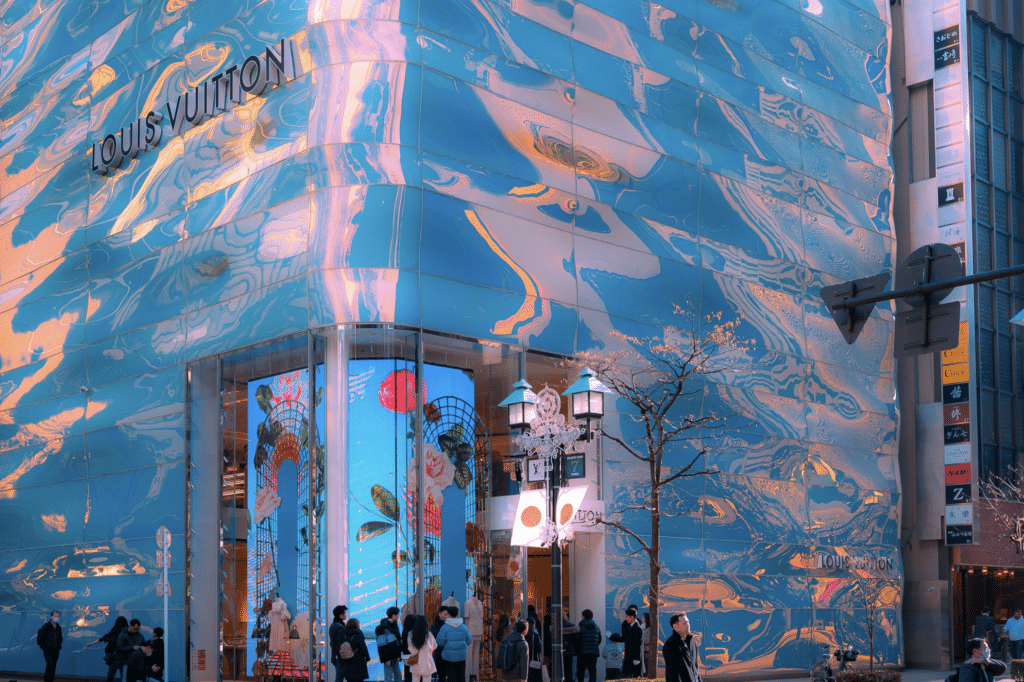Balenciaga did nothing wrong in showing New York City souvenir-inspired bags (and sweatshirts) as part of its Resort 2018 collection and then selling them for upwards of $1,000. That is what the American arm of the famed Paris-based design house is arguing in response to the lawsuit it was hit with in July by New York-based City Merchandise, Inc. The plaintiff, which describes itself as “one of the country’s largest souvenir wholesalers,” alleges that the Demna Gvasalia-helmed fashion brand infringed its federally registered copyright by replicating its version of a New York City cityscape design and is seeking an array of monetary damages from Kering’s fastest-growing brand as a result.
In filing its formal response to City Merch’s case late last month, Balenciaga denies any wrong doing and also claims that City Merch actually lacks valid copyright protection for its New York City landscape design and therefore, has no basis to sue in the first place. In particular, Balenciaga asserts that City Merch’s “copyright is invalid and/or unenforceable,” and its claim of copyright infringement “is barred to the extent that it claims rights to elements of works that are scènes à faire, are otherwise not original, or are otherwise not protectable by the copyright asserted in the Complaint.”
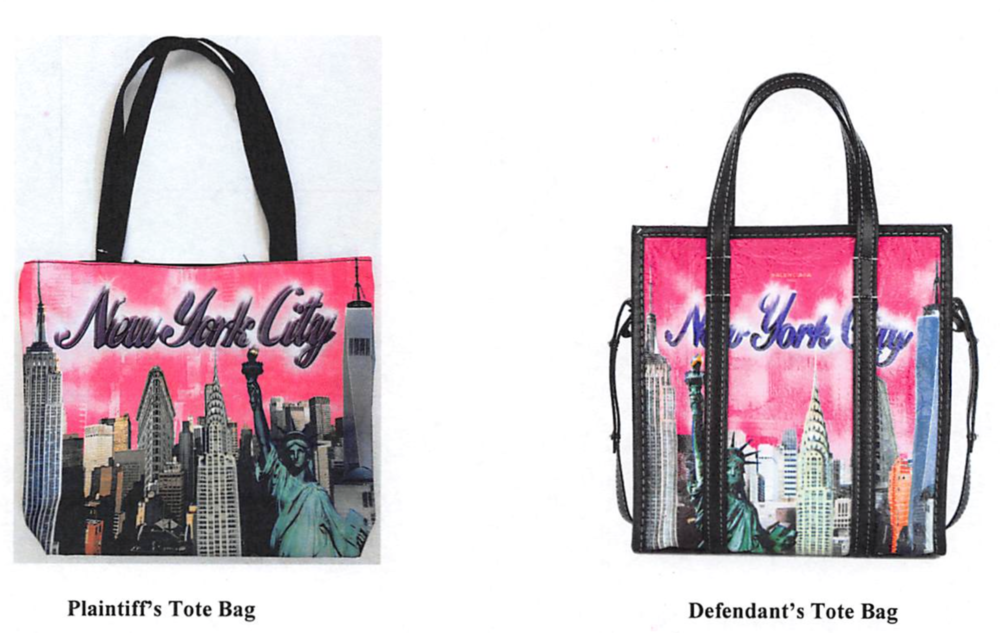
What is scènes à faire, you ask? It is a legal doctrine that denies copyright protection – i.e., the exclusive right to make, sell, display, and reproduce a design – “to expressions that are standard, stock, or common to a particular topic, or that necessarily follow from a common theme or setting.” Much like how facts cannot be subject to copyright protection, scènes à faire – or elements of a work that are standard, stock or common either in general or in relation to a particular topic or place – are not protectable either … unless they are expressed in a creative way.
Here, Balenciaga is essentially arguing that the Statue of Liberty, Freedom Tower, Empire State and Flatiron Buildings, etc. are standard and easily-identifiable elements when it comes to depicting New York City – in other words, you would expect them to be included in an image of the city – and as a result, City Merch’s drawing is devoid of any protectable subject matter.
Is this a winning argument? Maybe. What we know for sure is: City Merch’s ability to claim that it maintains valid copyright protection for its drawing will rely on the creativity and originality of its depiction of those key Manhattan landmarks, including its original selection and layout of them (since the design on its tote bag is not representative of a New York City skyline, after all, and thus, is a result of the company choosing specific buildings to include and arranging them as such).
Regardless of whether City Merch has rights in the design (and it very well might, given the arguably original selection and arrangement of the landmarks) and whether Balenciaga’s creatives set out to recreate – and then markup – City Merch’s bags (and it sure does appear as though they did just that), Balenciaga may not be totally out of luck. The brand could stand to benefit from the fact that its own depiction, while sharing many of the same landmarks as City Merch’s, does differ in at least a few respects. Its tote bag, for instance, features far fewer background buildings than City Merchs’ and its layout of the famous buildings is different in some respects.
It will be up to the court to determine whether Balenciaga’s series of small(ish) changes enables its to bag to escape being deemed “substantially similar” to City Merch’s bag in the eyes of the “more discerning observer.” That is the test used in the Second Circuit (which includes New York) to assess similarity when the plaintiff’s work has both protectable and unprotectable elements.
Balenciaga further argues in its filing that City Merch should be barred from succeeding on its claim because the souvenir company has acted with “unclean hands, a defense that asserts that the plaintiff (City Merch in this case) has acted in bad faith in connection with the subject of the complaint. The Paris-based fashion house also asserts that even if it is in the wrong, City Merch is “not liable for actual damages because [City Merch] has not suffered any such damages.”
And finally, Balenciaga claims that “any infringement” that did take place “was not willful, because [it] had a good faith belief that any use of the work covered by the asserted copyright was permissible.”
* The case is City Merchandise, Inc., v. Balenciaga America, Inc., 1:18-cv-06748-JSR (SDNY).




